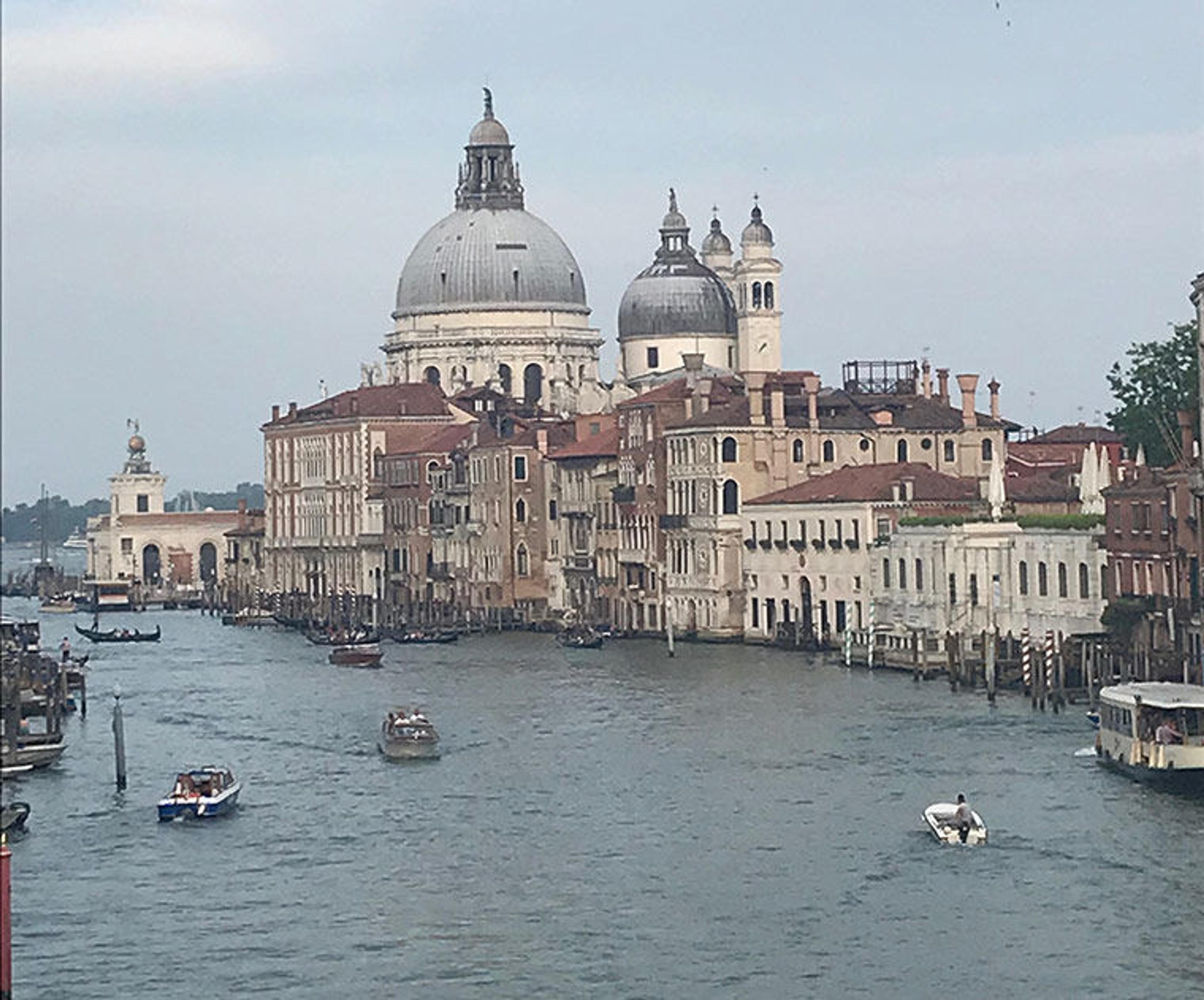
A view of Venice from the vaporetto, otherwise known as a water bus, which makes up Venice's public transportation system. All photos by author
I visited Venice, Italy, for the first time this past June, as part of the Art Libraries Society of North America (ARLIS/NA) 2019 study tour. This study tour was an informative and fascinating look at the rich cultural history of Venice and its many institutions: libraries, research centers, museums, and archives. Each day was full of behind-the-scenes tours, and the opportunity to connect and engage with colleagues from ARLIS/NA and Venice. My participation in the study tour was made possible by the Museum's Margaret and Herman Sokol Travel Grant, for which I am forever grateful. Before this trip, the first things to come to my mind when I thought of Venice were tourists and gondoliers in their signature striped shirts, propelling their way through the Grand Canal. While, yes, Venice has all of this, my time there and the memories I now have are so much more. Meeting and engaging with colleagues in Venice and learning firsthand about their knowledge, passion, and resources was a wonderful and intensive learning experience. I also made sure to fit in as many espressos as I could between visits and tours.
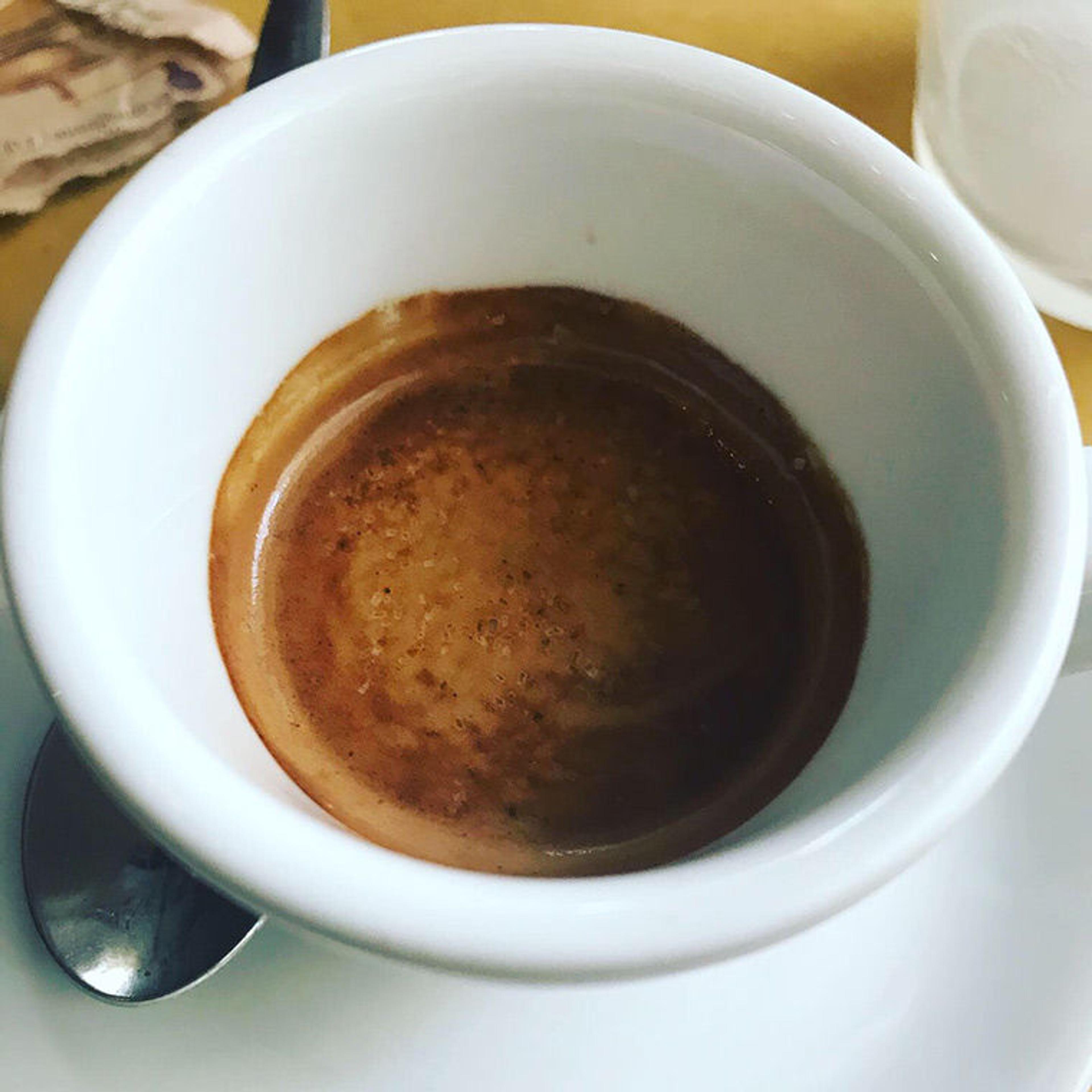
A first of many magical espressos in Venice
The study tour participants were librarians from museums, universities, and graduate centers. Some had visited Venice before, but for many, this was their first time. We were housed at the Vittore Branca Center Residence at the Fondazione Giorgio Cini on the island of San Giorgio Maggiore. We toured Cini's main library, Nuova Manica Lunga, which formerly was a Benedictine monastery. Staff there were generous with their time and knowledge, showing us important collections and photo archives related to art history and the history of Venice.
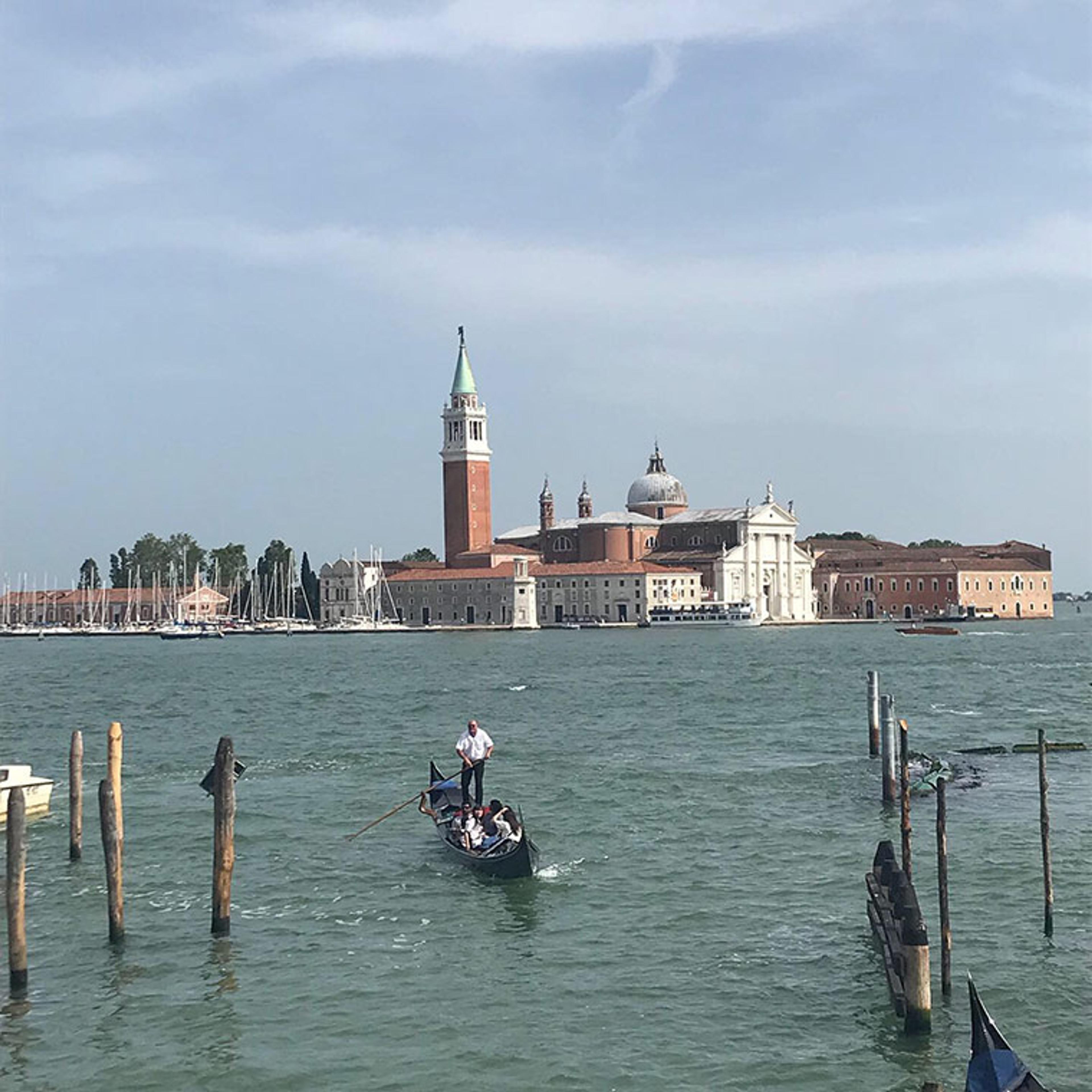
The island of San Giorgio Maggiore, home to the Fondazione Giorgio Cini

The Nuova Manica Lunga Library, formerly a Benedictine dormitory, at the Fondazione Giorgio Cini
Other highlights included a visit to Save Venice, a non-profit organization, based in New York and Venice, dedicated to the conservation of art in Venice. At the Save Venice offices, we learned about the history and purpose of the Rosand Library and Study Center.
It was enthralling to explore the Historical Archives of Contemporary Arts at Vega in Marghera, also known as the Venice Biennale Archives. As someone who is obsessed with books and films, to see the collection of Venice Film Festival posters was one of my most memorable moments.
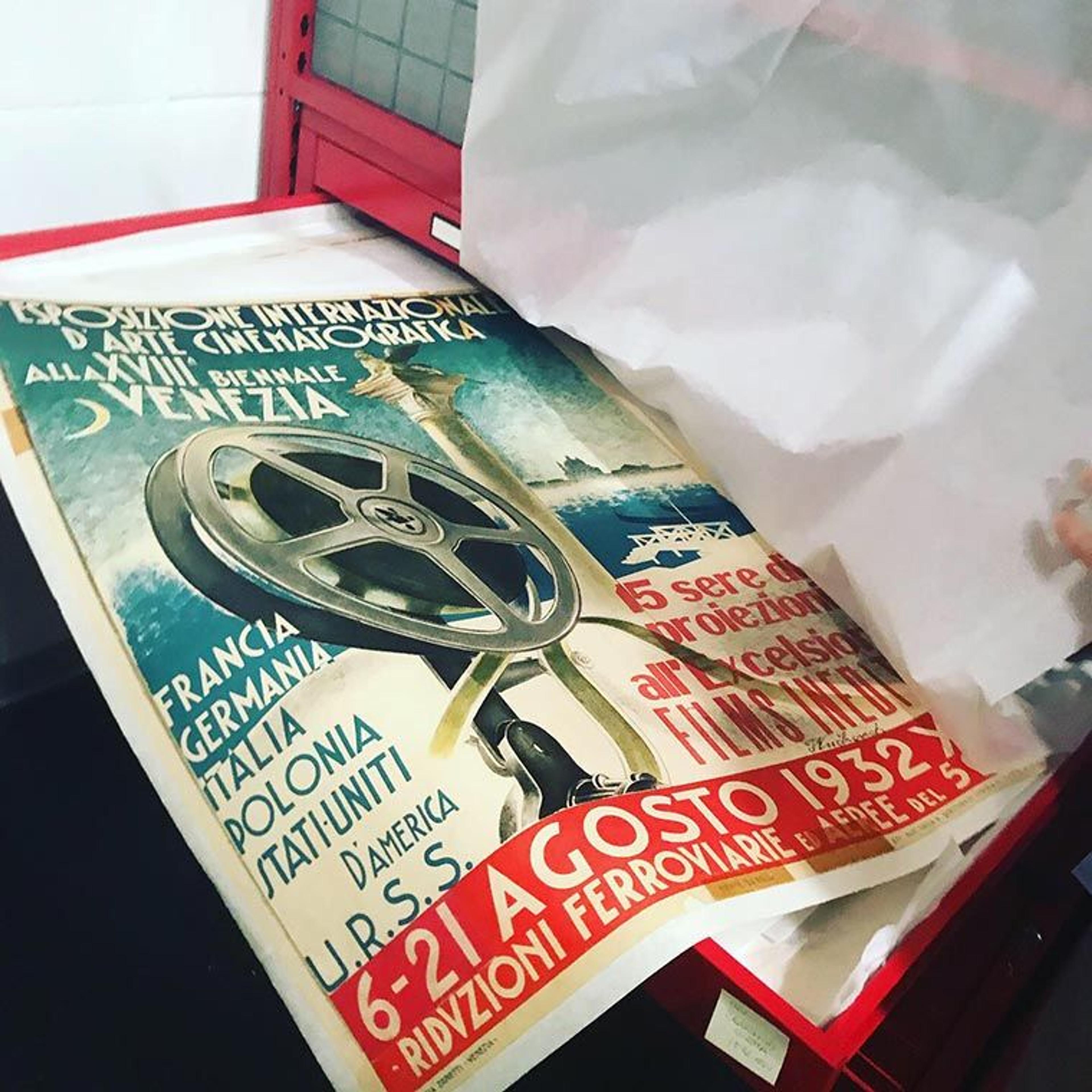
The first Venice International Film Festival poster from 1932, part of the Venice Biennale Archives
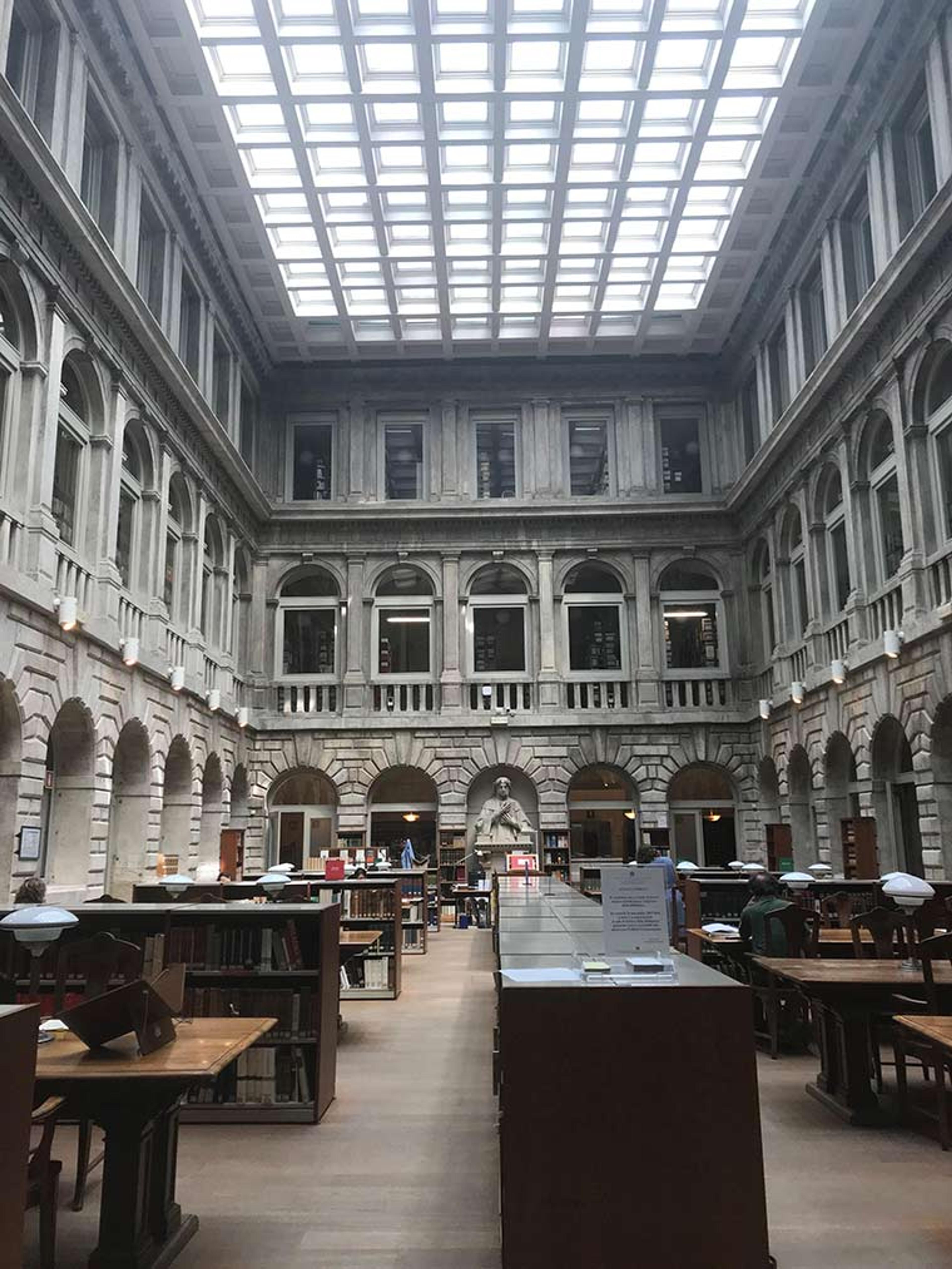
Reading at the Marciana National Library
We were also warmly welcomed at the Marciana National Library, Museo Correr and Library, Fondazione Querini Stampalia, State Archives of Venice, Ca'Pesaro Museum and Library, Fornace Orsoni, Ca'Foscari University, and the University Humanities Library, where we engaged with colleagues, exploring magnificent museums and libraries, and making lasting connections.

Study tour participants viewing special collections from the Museo Correr and Library
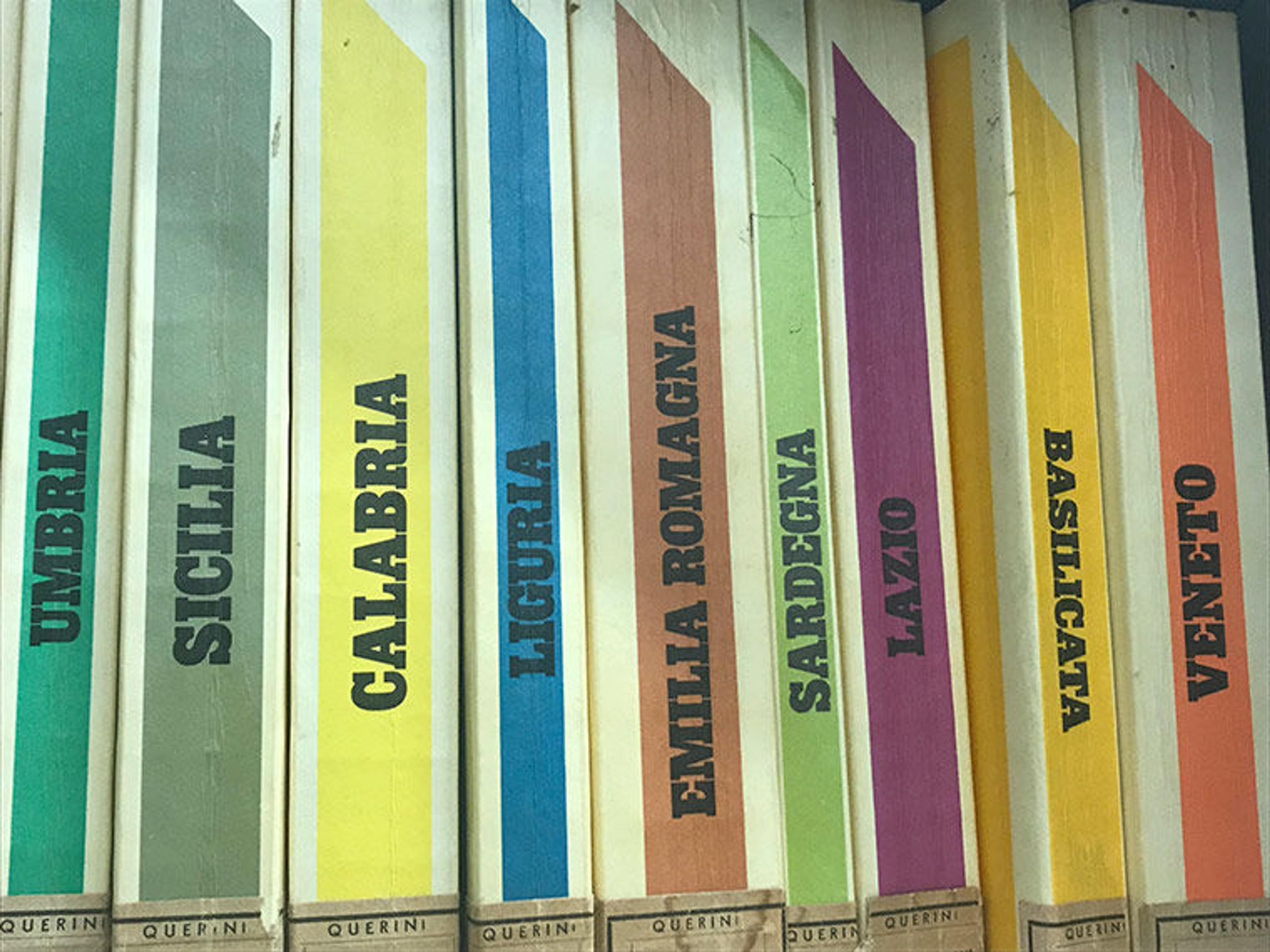
Perusing the library stacks at the Fondazione Querini Stampalia Library

Viewing the collections at the State Archives of Venice
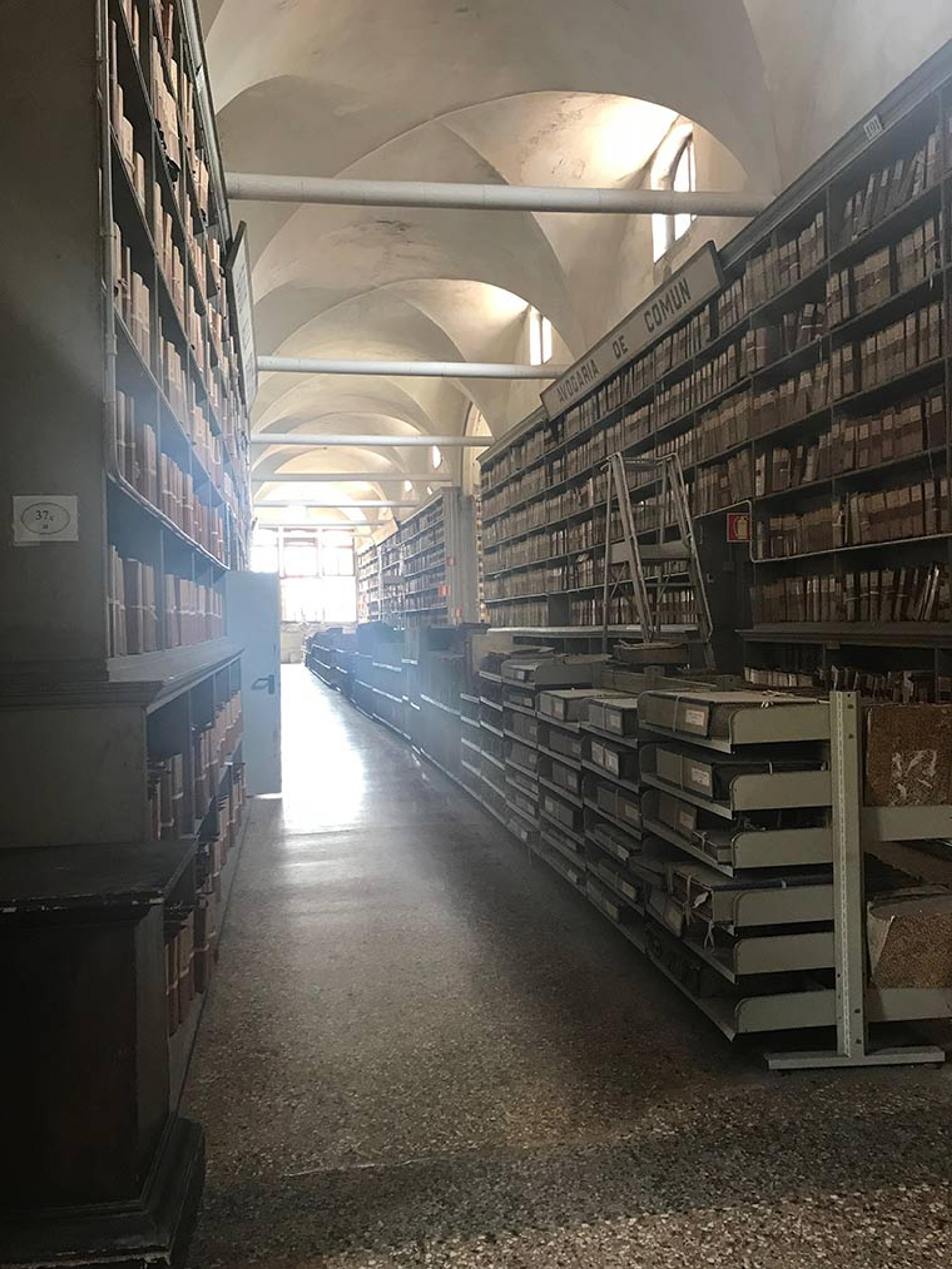
Positively overwhelmed by the enormity of the State Archives of Venice
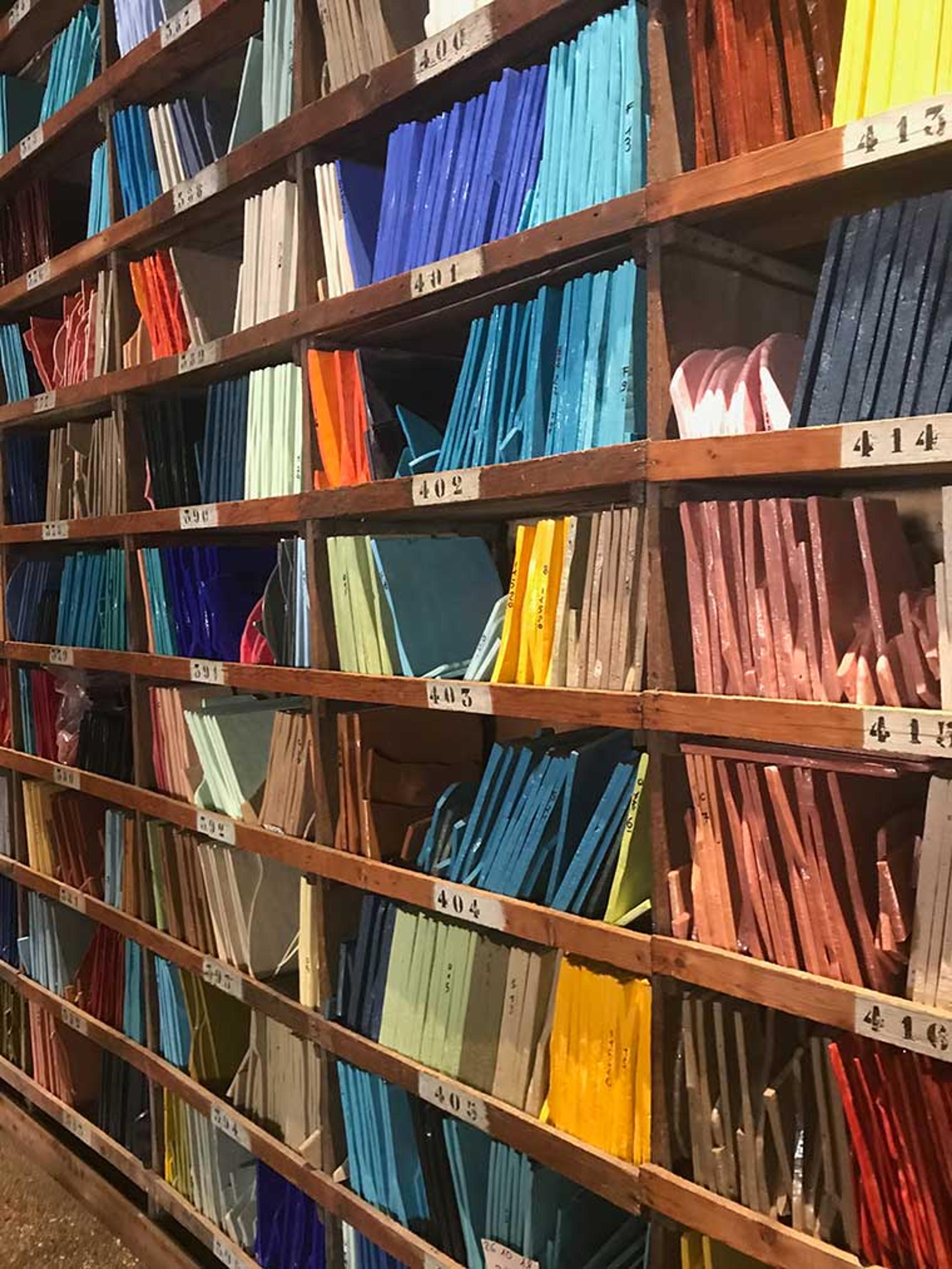
The "color library" of glass at Fornace Orsoni
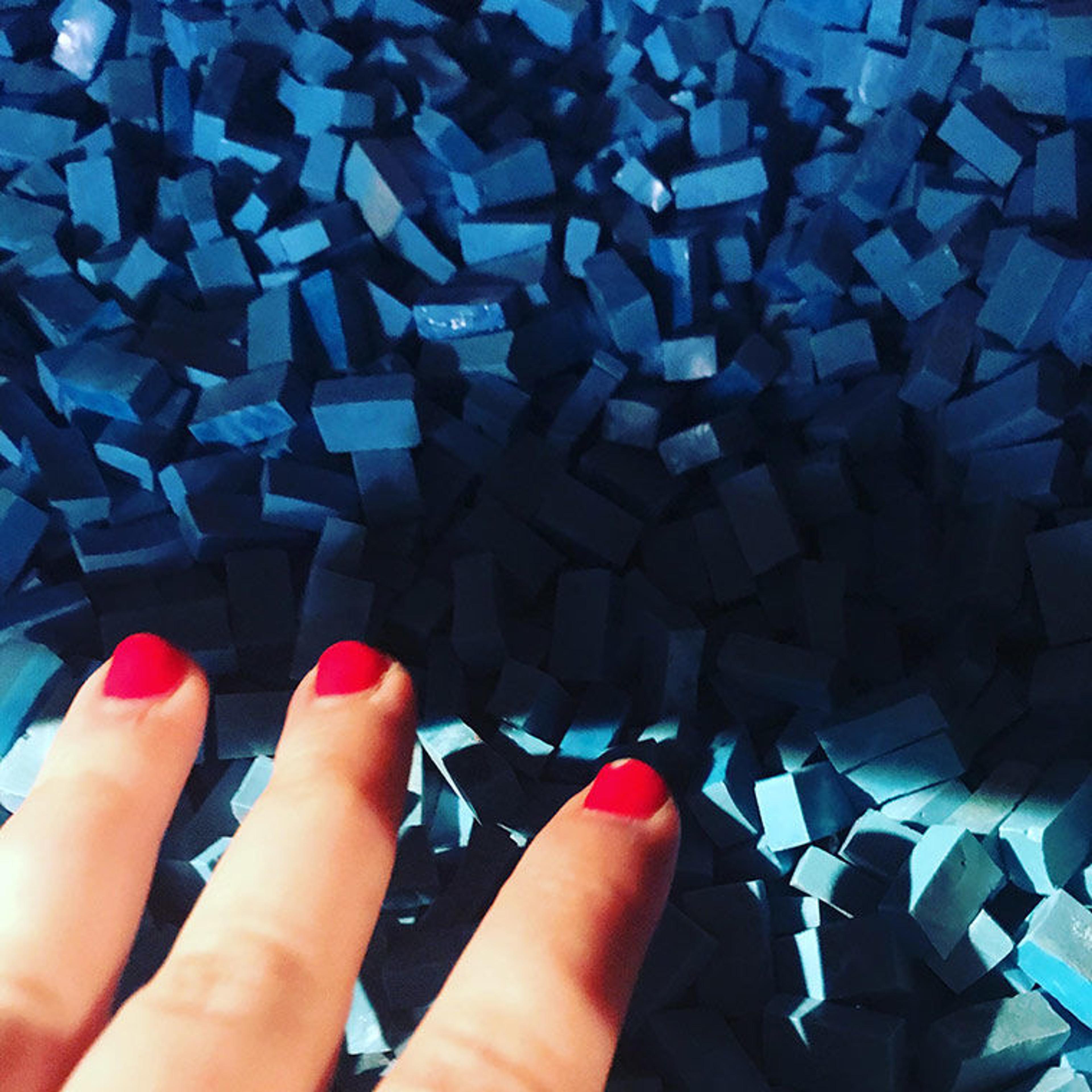
Art you can touch. My favorite color glass at Fornace Orsoni
The study tour concluded with a symposium, "Building Bridges: Art Libraries Between Venice and North America," held at the Fondazione Ugo e Olga Levi. It consisted of selected study tour participants and our librarian colleagues in Venice, who presented and discussed challenges and opportunities in our libraries. It was a wonderful opportunity to hear our colleagues' experiences and stories, and to connect these stories to the many visits and tours that had just taken place over the previous week.

The "Building Bridges: Art Libraries Between Venice and North America" symposium program
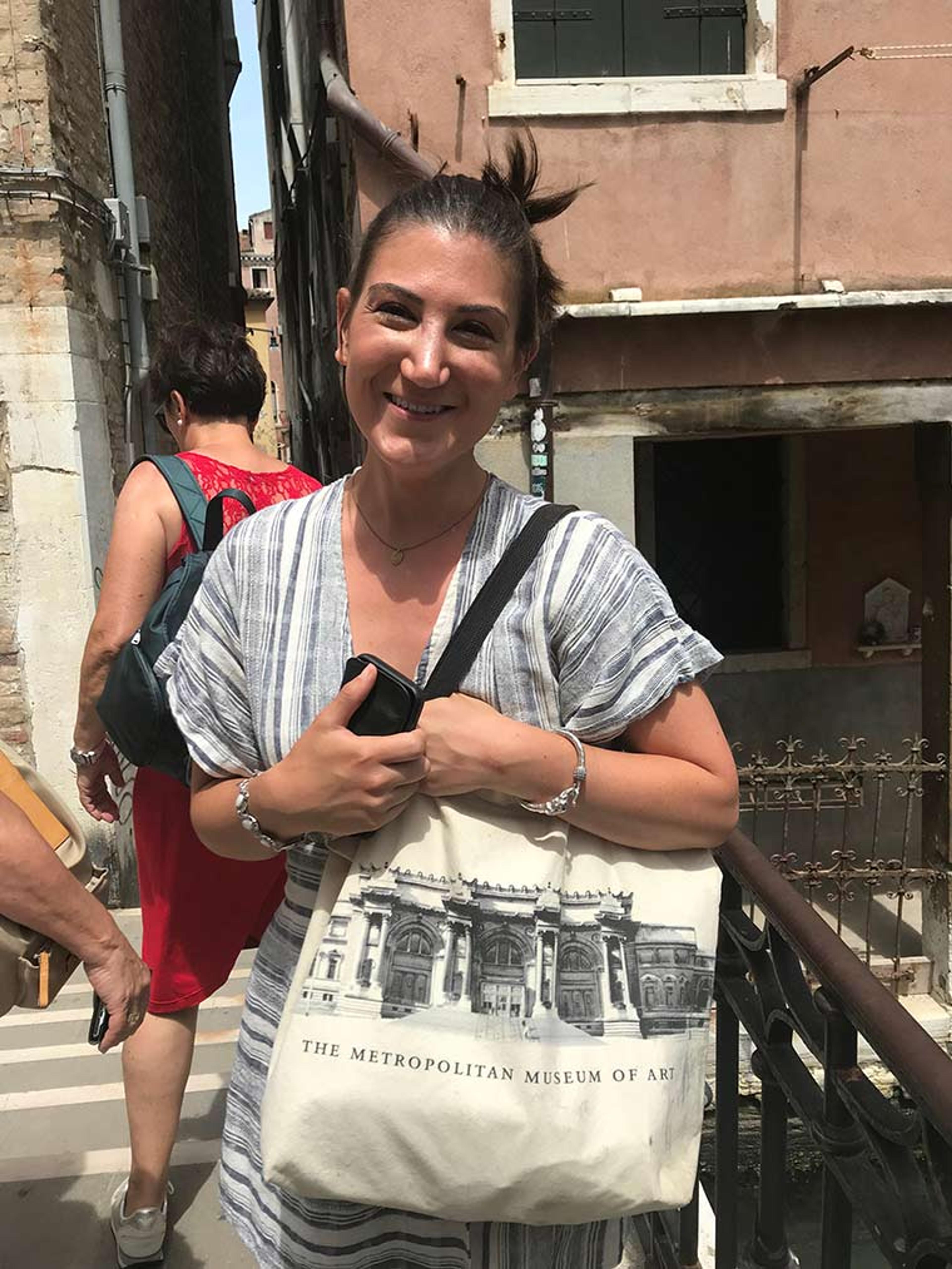
I was pleasantly surprised to find one of Watson Library's beloved work-study students, Paige, in Venice and proudly representing the Museum.
Everyone at each institution we visited was welcoming, collegial, and generous with their expertise. I hope to welcome each of them at Thomas J. Watson Library one day so I can reciprocate their generosity and kindness.
Now when I think of Venice, I think of the rich cultural history and the librarians, curators, and conservators who are passionate about their work and protecting, conserving, and saving Venice. And espresso. I always think of espresso.